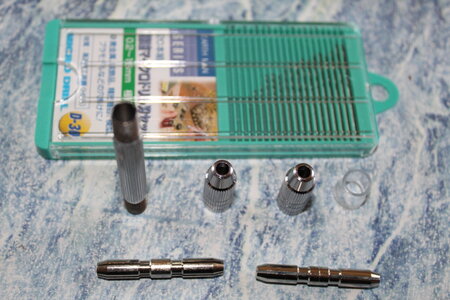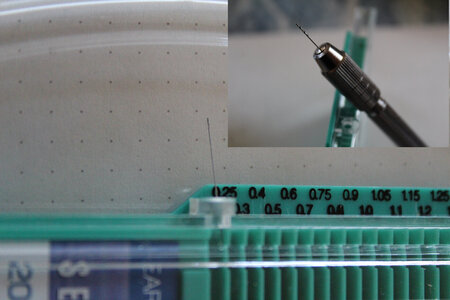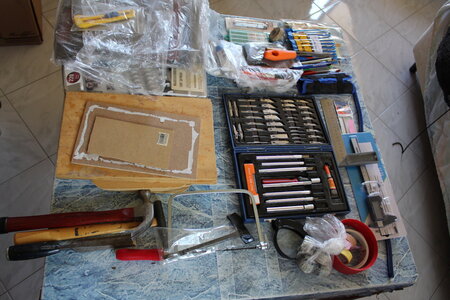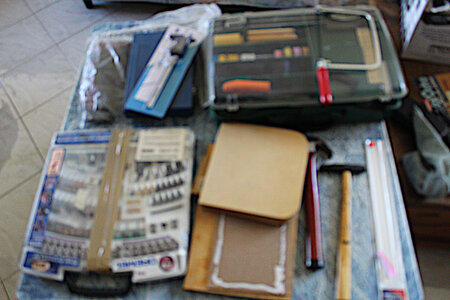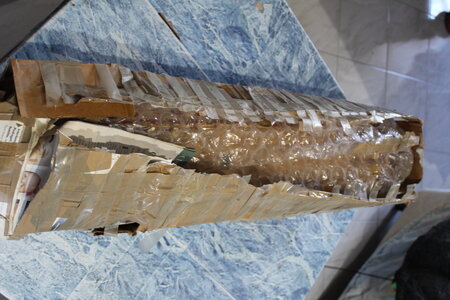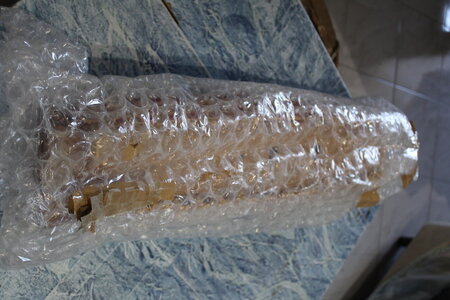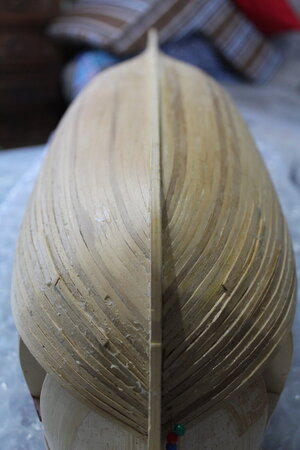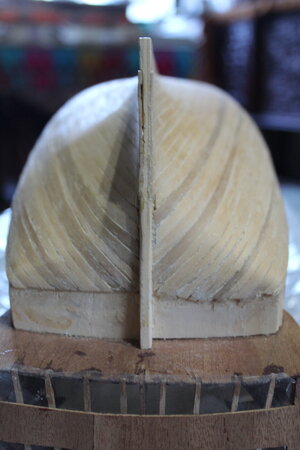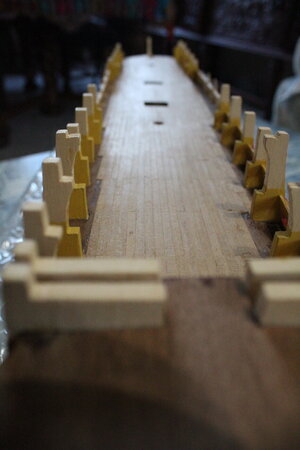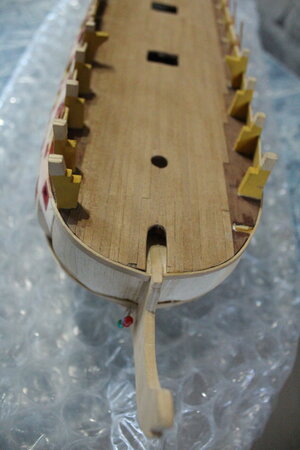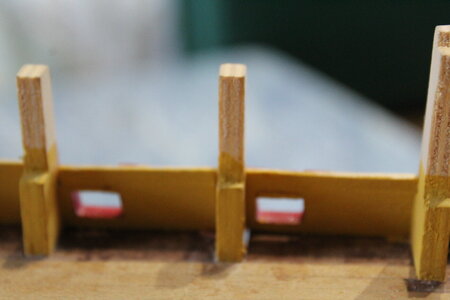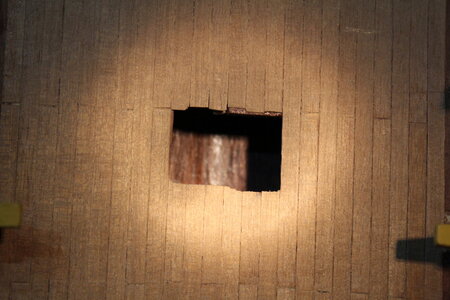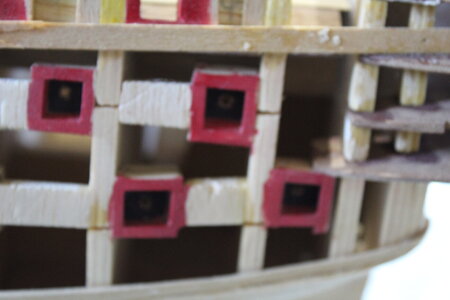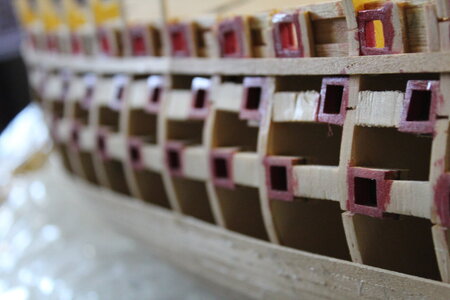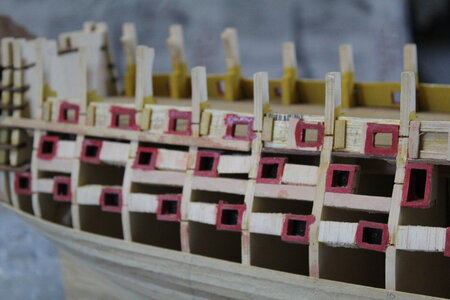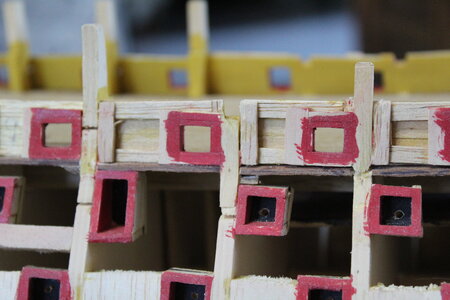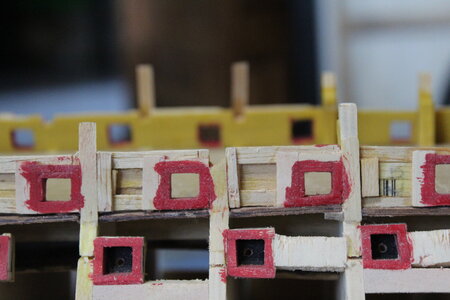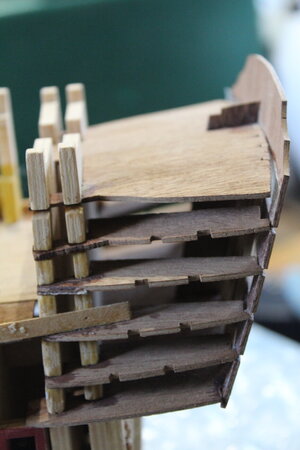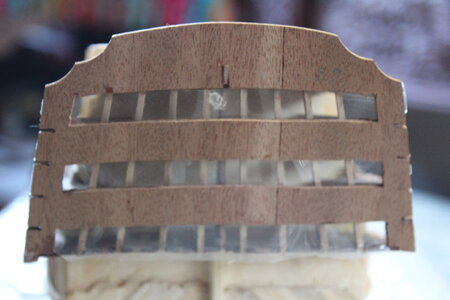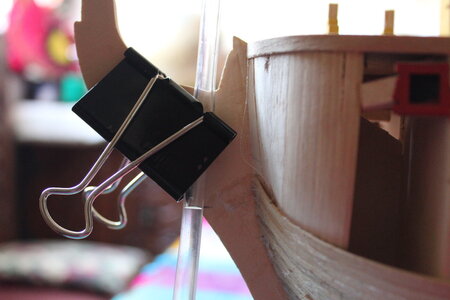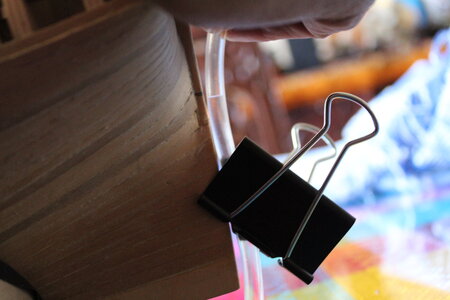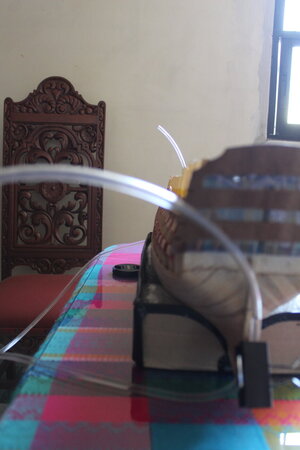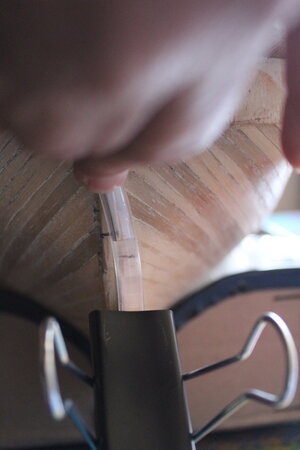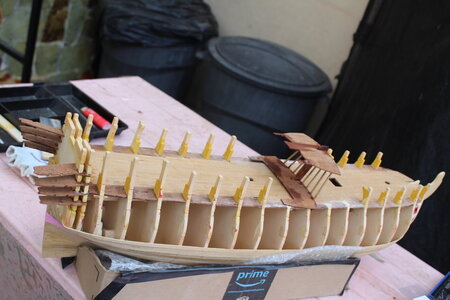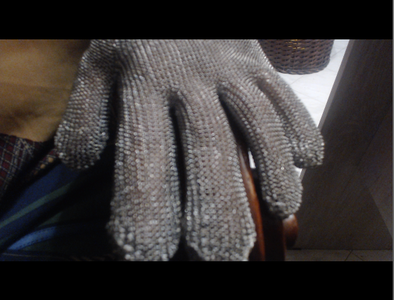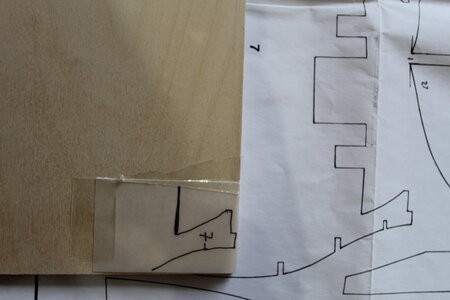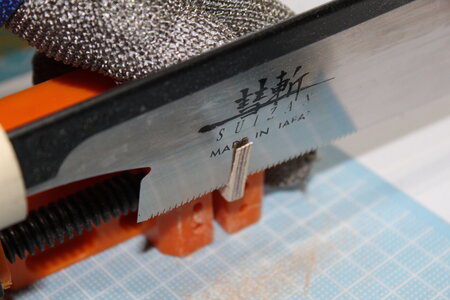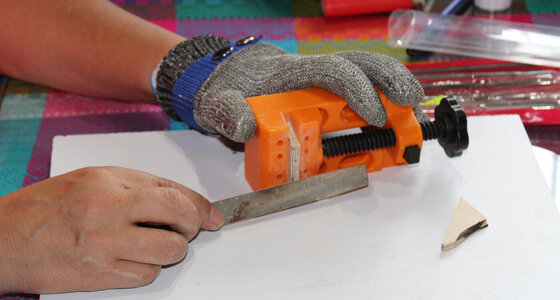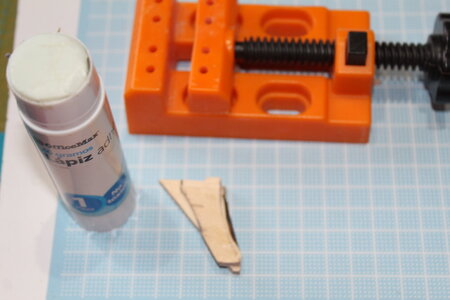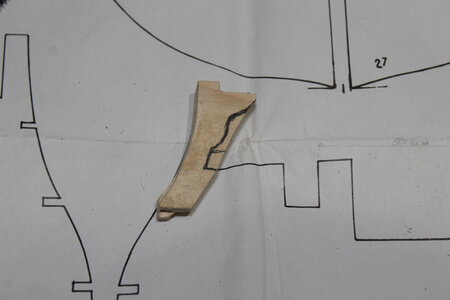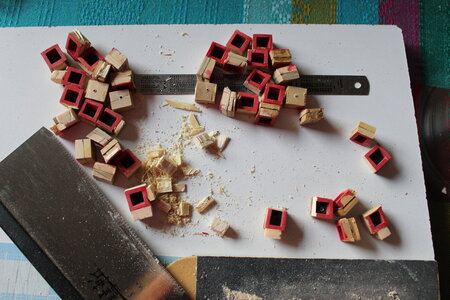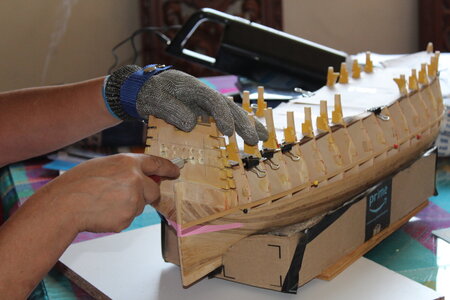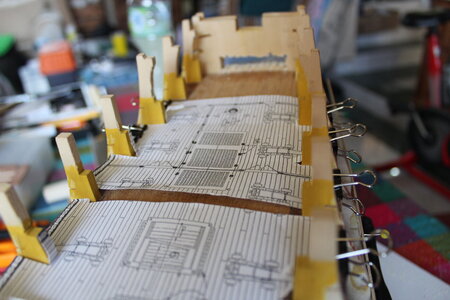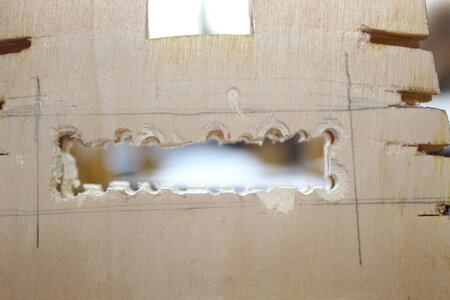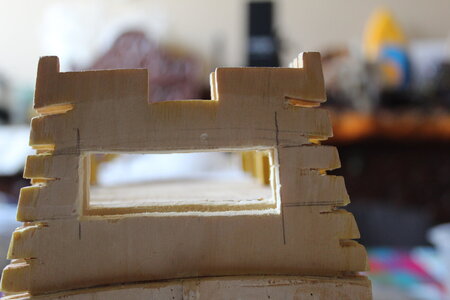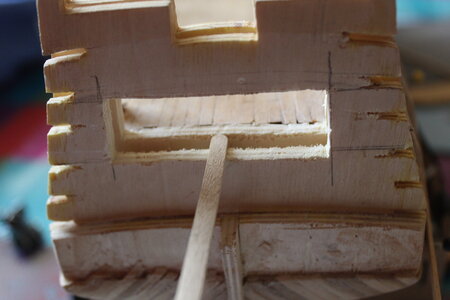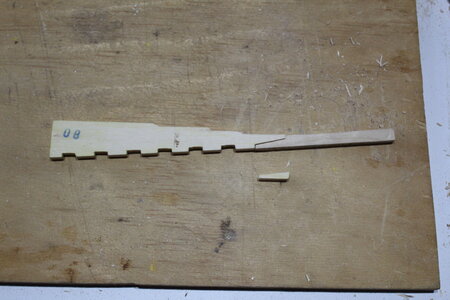With this post I am opening my build log of the HMS Victory.
On the first picture you can see a cardboard box on the top of the bookshelf, the hull that I started years ago its there waiting to be revived.
I am starting from step 0. Which is to study the plans.
The Endeavor I made, I did it at my dad's house, but now little grandson lives there, too dangerous with a kid, and I could only go on weekends. So this time that is not possible.
I have space restrictions, so there will not be a special room for the shop, so before I unpack the materials, tools and the hull, because I will work on the center table (1mt x 1 mt) of the living room and/or on a table that is outside (not covered), I need to find out how/where I am going to store the tools, how/where I am going to store the material, how/where I am going to handle those large diagrams and where I will put the ship. All that in such a way that I can make progress on the work, and put away everything regardless of where I am working
The solution I found for the large diagrams is to copy them, advantages:
1) Helps on the studying phase
2) Not need spread out a large paper to read the instructions.
3) Have a larger font size so the reading is easier.
4) Build it on my mind while I copy
This week, I took diagram 5, and started copying the diagrams and the instructions associated with the drawings, and if needed, for example, if I can not distinguish where the piece goes, I also copy the section from the complete ship where it goes. Like what I did on the second image (diagram 5 instruction #20).
After I finished the ones on the second image, I knew that I did not left my ship in this step. So I started copying diagram 4 (picture 3). I am sure that I did not put the copper, So, tomorrow I will start copying from diagram 3.
I am using washi tape (the pink thing) so I can un-tape the diagrams from the paper, if I need to, or just grab the instruction sheet.
I am also using one side of the paper, per instruction, the reverse side I will use if I need to make further notes when I am working. (like translation to Spanish of English terms that are new)
I am copying word for word, later on I will change things like I did on the Endevour (using the back side of the page to take notes on changes)
I don't plan to copy everything before I start on the hands on, maybe be 3 or 4 diagrams ahead of where I stopped, while I figure out the storage problem. So when days where there is little time to get things out, do ship and put things away, I can advance a figure of the instructions.
PS. I will lower the pixels of the pictures of the camera, I think the pictures are two big.
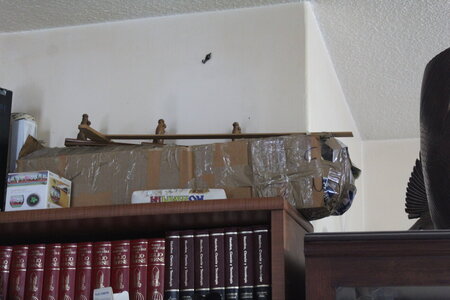
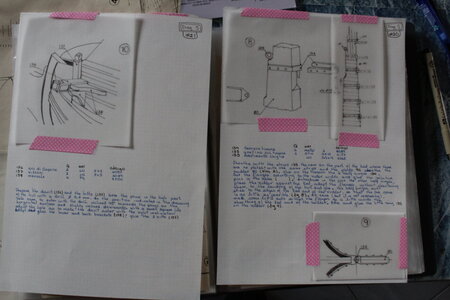
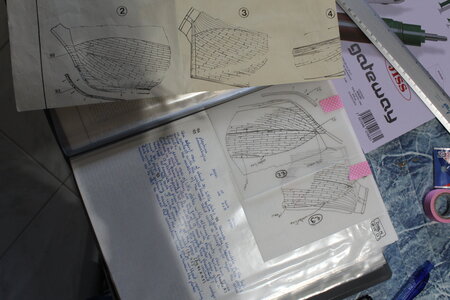
On the first picture you can see a cardboard box on the top of the bookshelf, the hull that I started years ago its there waiting to be revived.
I am starting from step 0. Which is to study the plans.
The Endeavor I made, I did it at my dad's house, but now little grandson lives there, too dangerous with a kid, and I could only go on weekends. So this time that is not possible.
I have space restrictions, so there will not be a special room for the shop, so before I unpack the materials, tools and the hull, because I will work on the center table (1mt x 1 mt) of the living room and/or on a table that is outside (not covered), I need to find out how/where I am going to store the tools, how/where I am going to store the material, how/where I am going to handle those large diagrams and where I will put the ship. All that in such a way that I can make progress on the work, and put away everything regardless of where I am working
The solution I found for the large diagrams is to copy them, advantages:
1) Helps on the studying phase
2) Not need spread out a large paper to read the instructions.
3) Have a larger font size so the reading is easier.
4) Build it on my mind while I copy
This week, I took diagram 5, and started copying the diagrams and the instructions associated with the drawings, and if needed, for example, if I can not distinguish where the piece goes, I also copy the section from the complete ship where it goes. Like what I did on the second image (diagram 5 instruction #20).
After I finished the ones on the second image, I knew that I did not left my ship in this step. So I started copying diagram 4 (picture 3). I am sure that I did not put the copper, So, tomorrow I will start copying from diagram 3.
I am using washi tape (the pink thing) so I can un-tape the diagrams from the paper, if I need to, or just grab the instruction sheet.
I am also using one side of the paper, per instruction, the reverse side I will use if I need to make further notes when I am working. (like translation to Spanish of English terms that are new)
I am copying word for word, later on I will change things like I did on the Endevour (using the back side of the page to take notes on changes)
I don't plan to copy everything before I start on the hands on, maybe be 3 or 4 diagrams ahead of where I stopped, while I figure out the storage problem. So when days where there is little time to get things out, do ship and put things away, I can advance a figure of the instructions.
PS. I will lower the pixels of the pictures of the camera, I think the pictures are two big.







